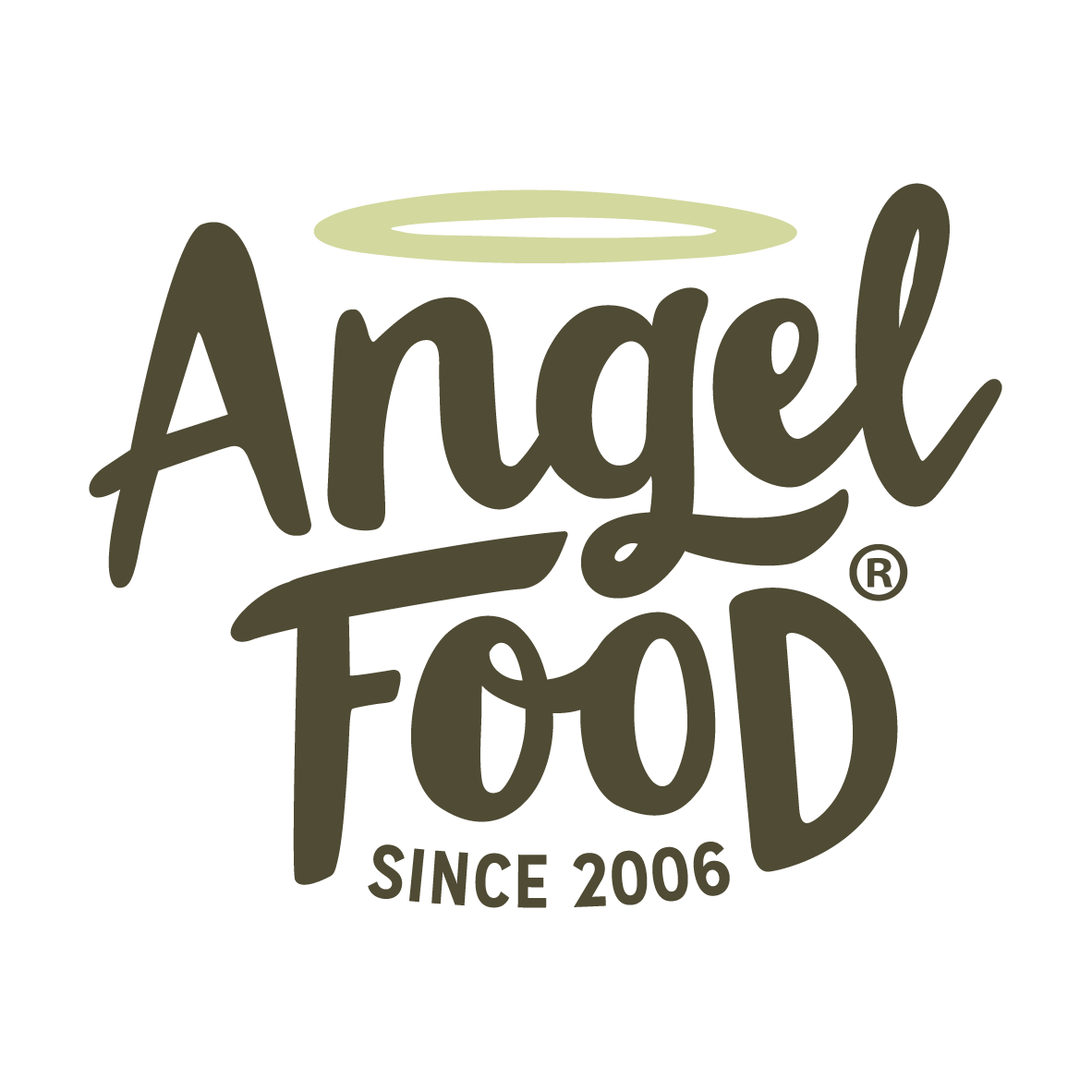It's not just a diet
January 7
By Alice Shopland, founder of Angel Food
I’m marking Veganuary 2025 by publishing a blog post a day.
I agree with those who like to remind us that veganism is not just a diet, it’s a way of life. But the dietary aspect is probably the most impactful aspect because we make food choices several times a day.
Soon after becoming vegan I got rid of a beer bottle opener to the charity shop. It was made from a fawn’s foreleg and hoof: I’d bought it in a junk shop years earlier because it was a beautiful and quirky thing. With my new worldview, it just seemed gruesome, and I was ashamed to own it. (I can’t remember if I sent it to the charity shop, binned it or buried it.)
Initially, I felt fine about continuing to wear my purple leather boots and 1960s houndstooth-check wool coat. I didn’t have spare money and anyway I hate waste, so replacing everything non-vegan immediately wasn’t an option.
But on January 1, 2005, I put all my non-vegan clothes in a bag for the charity shop, to start the year afresh. I do know vegans who will buy second-hand leather and wool garments, to avoid waste, but I just wouldn’t feel comfortable doing that. I also know vegans who would bury or bin their non-vegan clothes rather than pass them on for someone else to wear, but that seems wasteful to me.
Wool and leather are perceived as natural and wholesome materials. They are useful, certainly, but their negative impacts are huge. Most leather is a byproduct of the meat industry rather than directly causing the death of cattle, but its purchase still supports the animal agriculture industry. Tanning the leather involves chemicals that harm the environment and the factory workers. Sheep have been selectively bred over centuries to produce huge amounts of wool and to not gradually shed it, so it can be harvested by humans. They need to be shorn, but it’s our fault that it’s necessary. Sheep can be shorn gently, but not under the huge time pressure that is the reality on farms. Shearing is extremely stressful for sheep and often leads to injuries even in what should be a calm low-pressure situation. A friend told me how a mobile sheep shearer came to shear her friend’s small flock on a lifestyle block and when he was leaving he told her, “You might need to get a new ram.” He had cut off part of the ram’s penis while shearing him.
Most of my clothes now are made of artificial fibres. These are not great for the environment – but I do my best. I buy almost everything (except underwear) second hand and I make them last as long as possible: I minimise how often I wash my clothes, and I repair them when necessary.
Companies are starting to figure out how to make fabrics from plant fibres including food processing waste: pineapple skins, apple skins, wine-making waste and banana palm stems. Until options like these are widely available, I’ll keep wearing my artificial fibres.
I acknowledge I’m a privileged second-hand clothes shopper: my shoe and dress size are both mid-range which means there’s plenty of choice, I don’t have to fit a particular dress code at work (apart from ‘fabulous’), I actually enjoy op-shopping and I have the skills (and sewing machine) to make minor alterations. I also acknowledge that although I wish other people weren’t buying more clothes than they need, their environmental extravagance means more choice at the charity shop for me.


